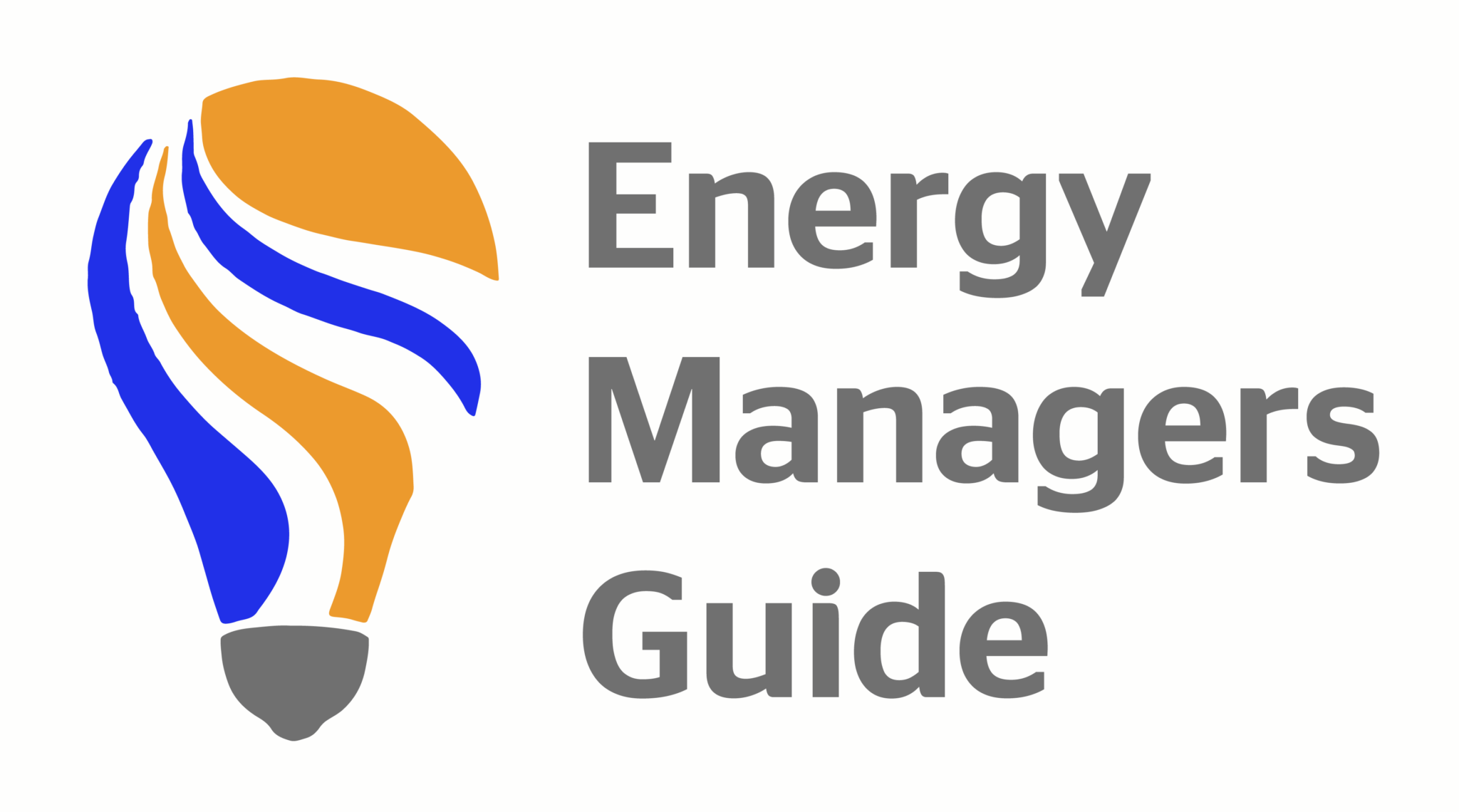Have you ever thought about what data can truly change how we use energy efficiently? If so, you’ll have probably already realised that figuring out what to measure is key. Proper data measurement helps businesses cut costs and optimise operations through smart energy use.
In the article below, we take a close look at the data needed for good energy management.
Understanding Energy Data Metrics
In today’s world, metrics are key to understanding and improving energy use. Technologies like smart metering and virtual meters help us explore energy management in the Internet of Things (IoT), providing amazing control and insight.
Smart Meters vs Virtual Meters
Smart meters represent a significant advancement in monitoring energy consumption with granular detail and in real-time. This technology allows businesses to monitor their exact energy usage, fostering more informed decision-making. Adding virtual meters gathers data from different sources together, compiling energy information from various devices in one place. This results in a single picture of energy use.
Real-Time vs Interval Data Monitoring
It’s important to know the difference between real-time and interval data monitoring for energy efficiency. Real-time monitoring gives us instant information about how we use energy. This lets us react quickly to any problems or sudden changes. In contrast, interval data monitoring looks at energy use over a period of time, showing us general use patterns and changes. Both real-time and interval monitoring are vital for managing and understanding energy in a complex way.
Multi-Asset and Multi-Site Monitoring
Keeping track of energy consumption across different sources and items can be hard, but also highly valuable. Thanks to IoT energy management, tracking and making smarter energy decisions is easier. By using smart and virtual meters, we can monitor energy use everywhere in a unified way. This new tech helps companies use energy better and more accurately, no matter the size of their operations.
Optimisation Techniques in Energy Data Management
In managing energy data, optimisation techniques are key for better efficiency – they turn raw data into useful insights. This not only improves how energy is managed, but also cuts costs.
Data Visualisation and Energy Management Dashboards
Data visualisation tools and energy dashboards help turn big data into clear insights, helping us keep an eye on and control energy use. This is done through easy-to-understand energy data visuals.
Peak Load Management and Demand Side Energy Management
Peak load management cuts energy use when demand is highest, working alongside demand-side energy management. This means we use energy smarter by responding to supply, serving to make everything more efficient.
Anomaly Detection and Alerts
Systems that spot odd energy use help stop waste, with quick alerts helping to find fast resolutions to fix a range of issues. This prevents energy being wasted, and keeps things running smoothly.
Energy Use Intensity and Job Specific Analysis
Understanding the energy consumption relative to the size of a location provides valuable insights that are crucial for efficient management. By assessing how much energy is used per square foot or metre, stakeholders can identify areas of excessive consumption and opportunities for improvement.
Energy Consumption Benchmarking and Cost Analysis
Comparing how much energy a building or location uses with others helps see savings chances. This, with a cost check, shows how to manage energy better in the long run.
Automated Reports and RAG Mode
Automated reports make watching energy data easier, with RAG alerts pointing out where to focus. This aids in making fast, smart decisions.
Emissions Monitoring and Carbon Reduction Progress
Keeping track of emissions shows how effectively cuts to carbon are performing, and whether targets set by an organisation are being met.
Conclusion
It’s clear that a strong energy management system is key for being efficient. By using smart techniques and planning carefully, companies can make big improvements, helping their operations to become more efficient and sustainable.
To sum up, energy data can do a lot when utilised strategically – it can help businesses save money and while protecting the environment. By being smart with energy and watching our usage closely, we can all head towards a greener future.







